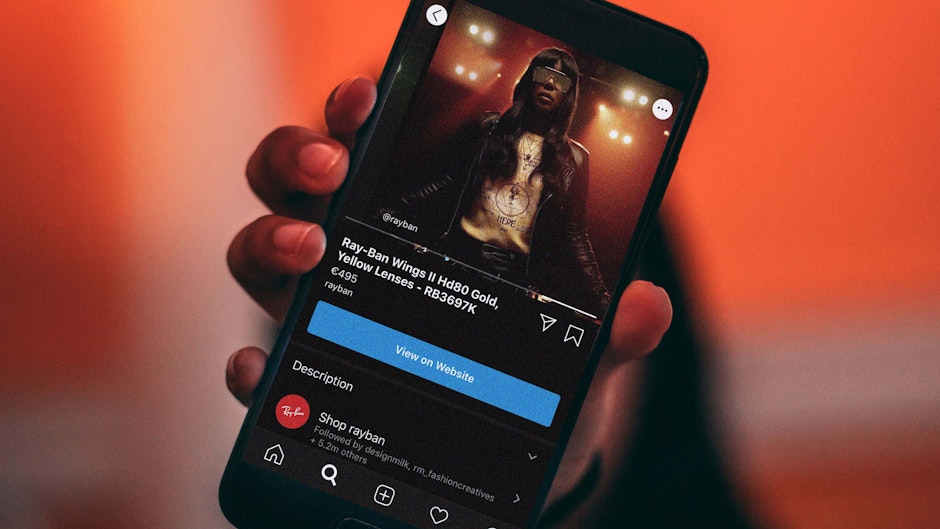The rise of Social Commerce and its impact on eCommerce
It is forecasted that by 2021, the global social commerce market will increase by about 34%

Social commerce is taking the market by storm. Since the term was coined by Steve Rubel back in 2015, its evolution has been non-stop. From being used as a mere showcase for brands to become a virtual storefront, now capable of running the whole shopping experience without users being redirected to the brand's website. It is forecasted that by 2021, the global social commerce market will increase by about 34%.
How will this impact the regular pace of the eCommerce landscape? Does this mean that websites are becoming obsolete? From the perspective of a small business, having a Facebook Shop or Instagram Checkout will save you money and resources while building your brand. However, the core brand messages will be lost to these users, meaning what makes your business unique may not stand out on the platform.
There's a clear advantage: the improved user experience. For eCommerce brands, delivering “frictionless commerce” by reducing the click journey is essential to facilitating the purchase and enhancing conversion rates. Having these "virtual brand marketplaces" within Facebook or Instagram will allow brands to sell their wares without requiring the user to undertake multiple clicks to purchase.
70% of consumers search for products on Instagram and Facebook.
It is too soon to predict if these platforms will thrive or fail. One thing is for sure; consumers search for products on Instagram and Facebook. In a recent survey, 54% of respondents said they bought something after seeing it on Instagram, while 87% said they took some kind of action after seeing product details on Instagram. It is, however, difficult to predict when a user will purchase, it could be immediate or part of a longer multi-channel brand journey, which could lead to deeper levels of engagement on the brand's site.
In fact, according to Aaron Kessler, an analyst at Raymond James, “Facebook Shops and Instagram Checkout could be a multi-billion revenue opportunity (...) Facebook can address ~50% of global eCommerce with penetration ranges of 0.5% - 5%.” In reality, we have to see how the performance & Conversion Rate (CVR) is delivered on a broader scale for the right audience. When we tested for a beta client, we have seen minimal purchase intent compared to spending the same amount elsewhere and a much lower CVR.
Yes, you can pay to promote traffic to the social store, but without stronger CVR metrics, is it more beneficial to invest budget elsewhere? If it starts to become profitable for Facebook and Instagram, as Kessler predicts, the development will continue to evolve and usability will likely improve. It ensures users stay on the social media site instead of navigating away so we could even see the click cost going up for external links and reducing for internal store clicks.
My social commerce platform, my rules
One of the stronger areas of being part of Facebook is also a core negative in my book. You can't generate a true client brand presence when you are within the Facebook ecosystem. Your website comes with your rules, and the Facebook & Instagram websites come with their core design rules too. On top of this, the current editor is limited in functionality.
All clients with a low ticket price, fast-moving consumer goods should definitely ensure their catalogues and shop fronts are set up. These should require limited/no changes to the site product feed and can therefore have a pretty straightforward setup and implementation. However, if the client has a high ticket price or customisable product, this doesn't fit for them as well in its current guise.
Time and CVR metrics will tell
As I mentioned previously, CVR metrics are essential to determine if these platforms are worth their value. Some of our partners, like BigCommerce, are allowing U.S. retailers to connect their BigCommerce digital storefront’s catalog to Instagram giving the customers the option to buy directly from the app rather than driving the traffic to the brand’s website.
I can see the benefit here when you are dealing with smaller "marketplace" style clients. In fact, it is a good way for smaller clients getting involved with agencies and performance consultants if they need tech expertise to ensure the feeds are generated in the right way.
Our close client partnerships ensure that we trial new opportunities as they come through however we have to make sure that their budgets are spent in the best possible way to deliver on their KPIs. The Facebook Shop & Instagram Checkout has some way to go before being a mainstay in every client's media schedule however for the right client, I can see this being very effective, and there are some great examples starting to be used out there.
____
Sam Wheeler-Phillips (@sammarketingman) is the Head of Advertising at Superb Media Limited. He has been a performance marketer for over 16 years. Having worked within the Travel, eCommerce and FMCG sectors, he delivers a wealth of information on media performance and digital strategy.

